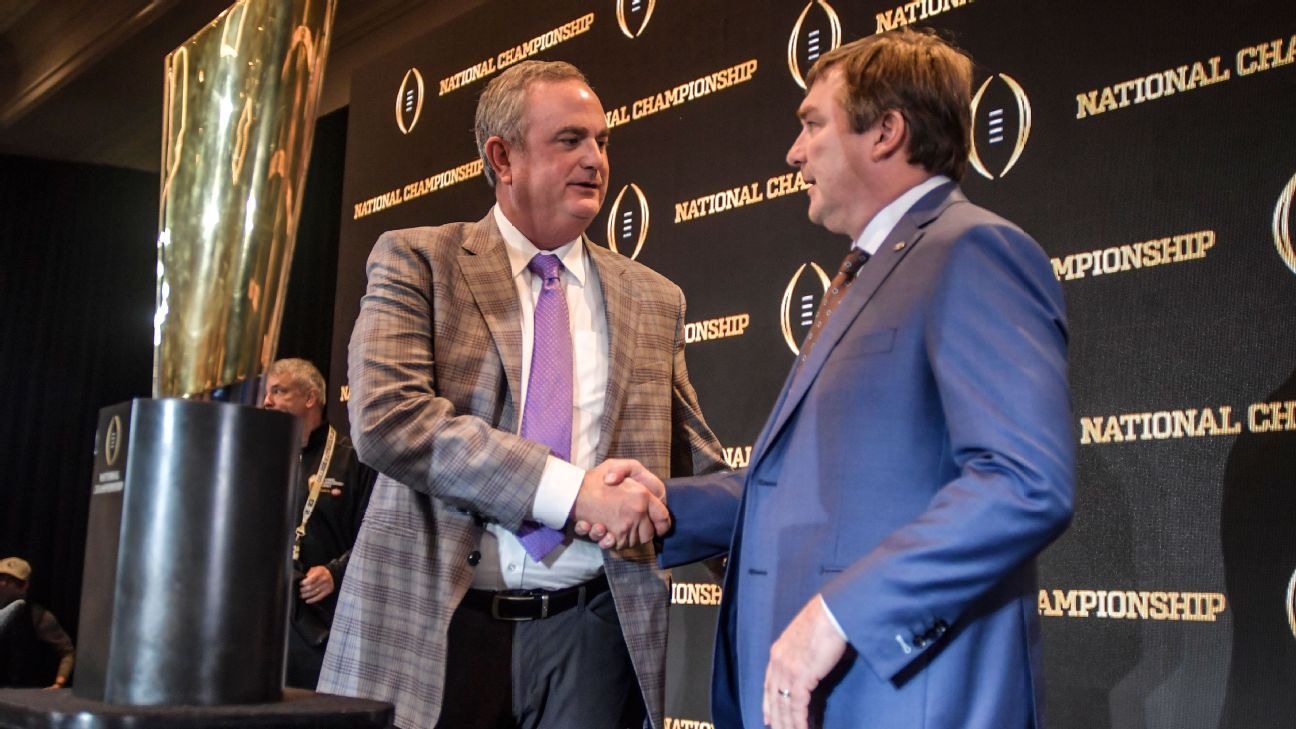Inside the many ways to construct a college football roster

Everybody’s got complaints, it seems.
Because of the transfer portal and the easing up of the first-time transfer rule, college football coaches have to spend more time than ever re-recruiting their own roster. Because of the introduction of name, image and likeness rights (and the fact that the NCAA has provided the smallest possible amount of guidance regarding them), coaches have to navigate an immature market, deal with amateur agents posing as player representatives and figure out how to divide a collected pool of NIL money like it’s a salary cap. Roster management is harder and more time-consuming than it’s ever been.
Administrators are complaining, too. “College sports are turning into minor leagues!” some of them got to complain in The New York Times. We’ve handed too much control to the athletes, they seem to think, and while everything’s fine now, everything will fall apart in the not-too-distant future if we don’t hand control back to the administrators. Doom approaches!
Everything’s more than fine now, however. The actual college sports product has rarely been more enjoyable. The 2022 college football season, the first in which both transfer recruiting and NIL funding played a truly significant role, was a damn delight. The 2023 men’s and women’s NCAA basketball tournaments, full of athletes making real money and, in some cases, playing for their second or third schools, have been so good that it actually prompted me to write about college basketball! Ratings are rebounding for some college sports and surging for others.
Meanwhile, though roster management might be more trying for head coaches than it’s ever been, the rewards are also richer. TCU just made the national title game with a small handful of blue-chippers, a number of key junior college transfers and starters who began their respective careers at Colorado, Louisiana-Monroe, Navy, New Mexico and SMU. That’s a recipe a lot of coaches can and will attempt to emulate.
There might still be only one way to build an actual national title team — amass an army of blue-chippers and deploy them in the meanest, most physical possible way (a la Georgia) — but there are more ways than ever to build a really good team. Here’s a look at the extra decisions a coach has to make and how transfers, juco and NIL usage can quickly reshape a team, for better or worse. With every change comes an inefficiency to exploit, and there’s more change than ever in college football. The coaches who navigate this inefficient landscape better than others will be richly rewarded in the win column.